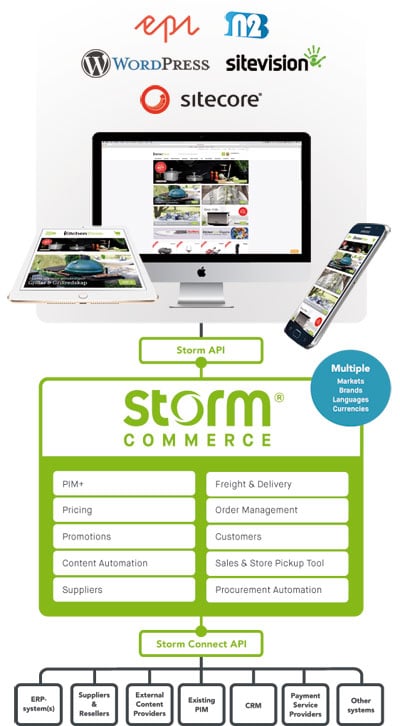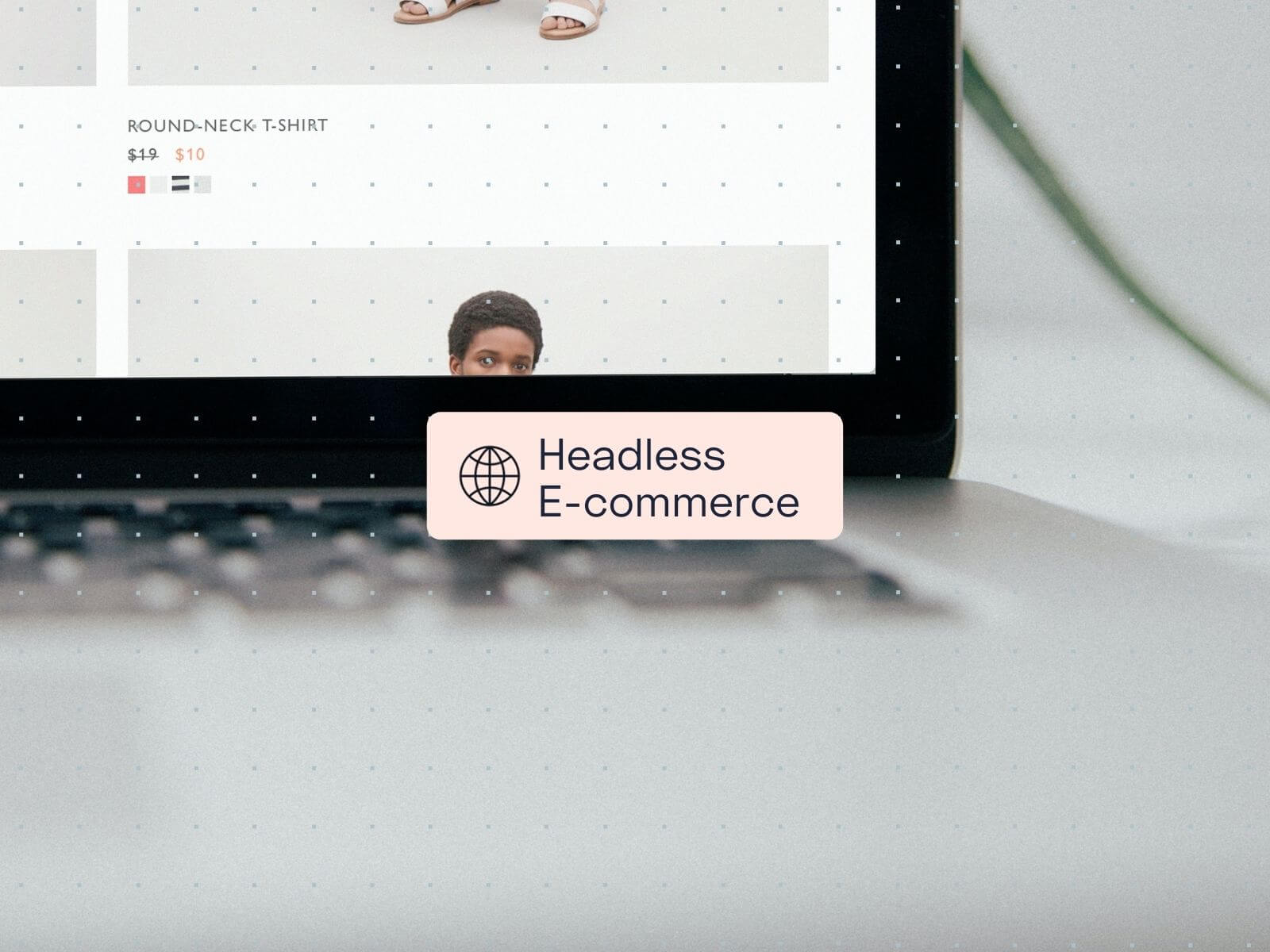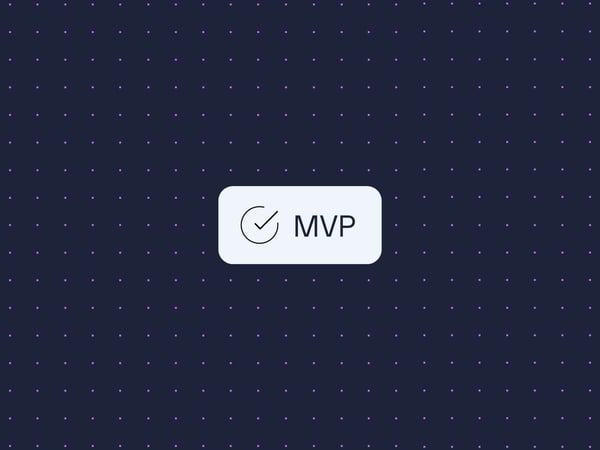“Headless” is a term that is appearing more and more often. In this blog post, we address what the term means, in regards to choosing an e-commerce platform solution.
“De-coupled” (i. e., “Headless”) e-commerce platforms have, in recent years, begun to challenge traditionally-packaged e-commerce solutions, where functions and business logic are often closely linked to the front-end (i. e., linked to the interface, itself).
What is a “de-coupled” platform?
Simply put, one could say that a de-coupled or “CMS-independent” e-commerce platform only provides the functionality underpinning the e-commerce business itself. That is to say, the e-commerce platform is completely disconnected from the front-end applications; and thus, places no limits on the user experience.
This platform solution is based on well-developed APIs and flexible data models; and suits all industries. The APIs allow you to use any programming language, providing the greatest possible flexibility.
In practice, this means that the customer can choose to connect to any CMS (Content Management System) – such as, EPi, WordPress, or Sitecore – and also even change the solution, as new needs arise. So, when you make changes to the front-end applications, you do not have to be concerned about those changes affecting your data structure, or business rules. In turn, this means that you can maintain a higher pace, regarding innovations in the user interface, than you might otherwise be able to.
The customer experience is central
A traditional e-commerce solution requires developers who specialize in the platform in question. E-commerce projects can have the potential to lead to hundreds of hours of support and maintenance, when the platform needs to be upgraded; or if specific functionality needs to be re-built. A headless platform is, in contrast, less vulnerable – as it relies, instead, on a modern API that allows you to add all kinds of services or plug-ins; for the best possible e-commerce experience and cross-channel customer experience.
A headless platform:
- uses and manages information, in all channels.
- provides the opportunity to freely choose the front-end applications that best suit your needs (both mobile and web).
- provides the opportunity to adapt the solution best-suited to the needs of the business, and create functions according to your specific desires.
- provides the ability to assemble a “best-of-breed” solution, from third-party vendors, with a fast “time-to-market” work frame.
- provides the opportunity for flexible back-end integration points (e. g., business systems, payment providers, product data providers, and so on).
- is less affected by future interface upgrades; compared to a traditional e-commerce platform.
- can be continually upgraded and expanded; to the benefit of all users.
A headless e-commerce platform focuses on the database, underlying functionality and on business logic – so that you, as a client, can focus on conversion, and on future-proofing the best possible customer experience; in the front-end.

Why compromise, if you don’t have to?
It is understandable that a client might be tempted to buy an "all-in-one” solution; where business logic and presentation are handled in one and the same system. We think that's a bit like buying a power glider; which is neither a particularly good sailboat, nor a motorboat. Instead, you should focus on choosing the CMS and the e-commerce platform that best suits the requirements you have defined, separately.
3 Tips for Your E-commerce Platform Choice
Finally – we, at Storm Commerce, want to give you three tips, to help you along the way; when it comes time to choose an e-commerce platform:
1) Dare to think big! Develop your vision for how e-commerce should look and work.
Who are your target customers, and what are the growth targets? Define your list of requirements; and decide what degree of personalization and flexibility you want to offer, for the best possible customer experience.
Keep in mind that you will be living with the solution for many years. Your e-commerce solution must work with your business system, ordering system and external vendors; to name a few examples.
2) Choosing a platform may take time! As e-commerce develops, it has also increased in importance, as a sales channel.
Take time to understand all your potential sales channels and what different platform solutions offer to support them (i. e. traditional solutions vs “best-of-breed”).
Appoint a project team with representatives from various departments (e. g., Sales, IT, Marketing, Customer Service), to future-proof your investment.
3) Do not be tempted by a cheap “all-in-one” solution! It may feel like a safe and easy way out; but as e-commerce grows and becomes more complex, it can become difficult to realize all your visions. Especially, if you want to offer a unique customer experience; in constant development. Make sure you have a flexible infrastructure that is adaptable in a rapidly-changing digital age.
Being "headless" is an advantage! Contact us, if you want to know more about our platform.



